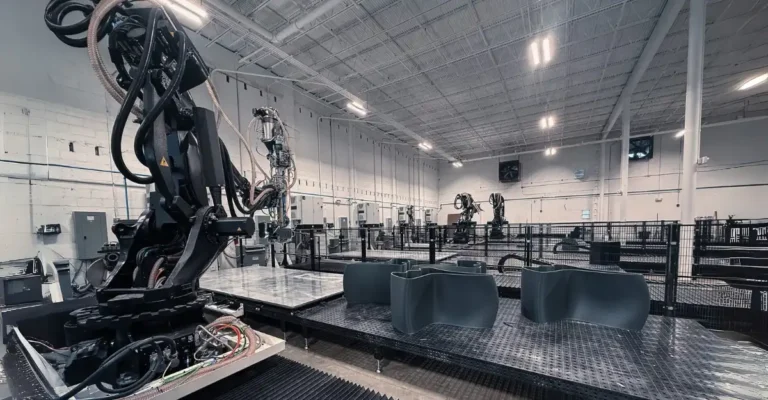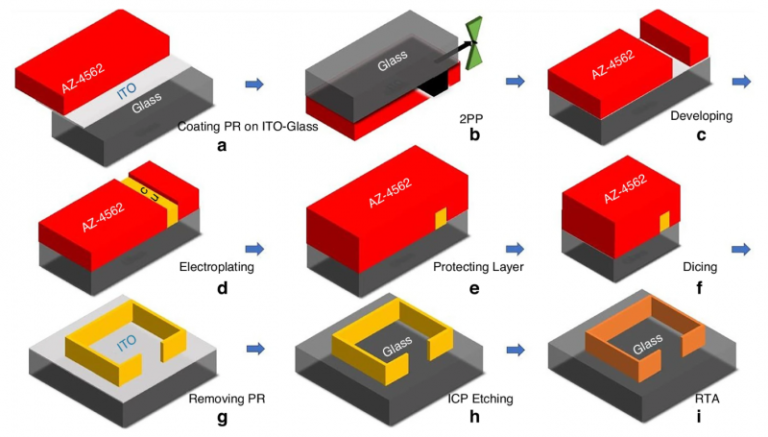Cambridge researchers develop revolutionary artificial photosynthesis system using 3D-printed electrodes and cyanobacteria to generate electricity from just sunlight and water.

Cambridge researchers have achieved a breakthrough in clean energy technology by developing a revolutionary approach to harnessing electricity from sunlight and water through artificial photosynthesis.
The team at the University of Cambridge has created an innovative system using 3D-printed electrodes that provides an ideal environment for cyanobacteria – Earth’s most abundant life form – to generate electricity more efficiently than ever before.
Dr. Jenny Zhang, who leads the research team, challenged the longstanding assumption that energy extraction was limited by the bacteria’s biology. Instead, her team discovered the real constraint was the material environment housing the bacteria.
“The electrodes have excellent light-handling properties, like a high-rise apartment with lots of windows,” Zhang explained. The specially designed structures resemble skyscrapers, offering both extensive surface area and optimal light exposure for the sun-loving microorganisms.
Once settled into their custom-built “nano-homes,” the cyanobacteria’s energy production increased dramatically – by over an order of magnitude compared to traditional methods. This efficiency puts the technology potentially ahead of biofuels and even some types of solar panels.
What makes this tech special is the low resource requirements. And unlike other renewable energy sources requiring vast land or other minerals for their implementation, cyanobacteria thrive with just sunlight and water, representing in that sense a “low-maintenance, high reward” solution to the challenge of zero-carbon energy.
This technology captures electrons produced by the bacteria as a natural waste product of photosynthesis and allows us to utilize what nature already produces, but in a more efficient fashion.
While still in early development stages, the implications of this breakthrough are profound. “Our approach allows us to tap into their energy conversion pathway at an early point,” said Zhang. “It helps us understand how they carry out energy conversion so we can use their natural pathways for renewable fuel or chemical generation.”
The research has received backing from major scientific organizations including the European Research Council and the Cambridge Trust. The team is currently refining their technique with hopes of expanding its applications.
Initially, the technology could power small electronics in remote areas before potentially integrating with larger renewable systems as part of future energy grids.
Read more : Basel Hospital Advances Care with 3D Printed Implant
After centuries of dreaming about artificial photosynthesis, scientists may finally have the blueprint to make infinite, sustainable energy a reality.






